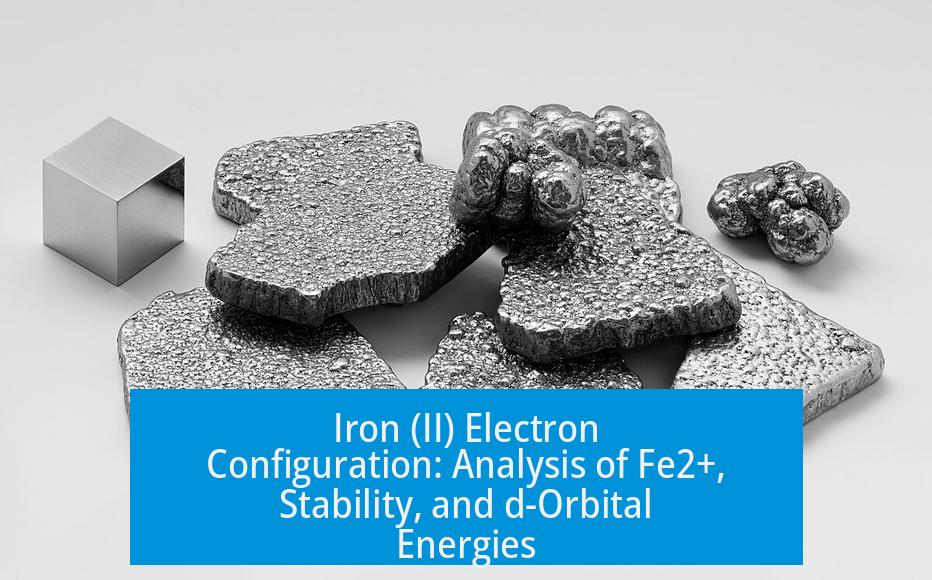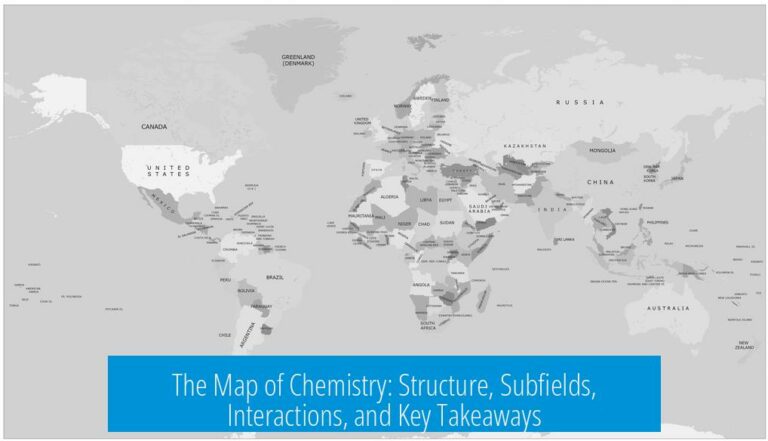Iron (II) Electron Configuration
The electron configuration of the Iron (II) ion (Fe2+) is [Ar] 3d6, not the [Ar] 3d5 4s1 configuration sometimes suggested. This distinction challenges the common assumption that half-filled d-subshells always confer extra stability.
Electron Configuration of Fe2+ Ion
For Fe2+, the expected configuration aligns with the argon core followed by six electrons in the 3d subshell. It is [Ar] 3d6. This contrasts with configurations like [Ar] 3d5 4s1 seen in some neutral transition metals, such as chromium. Fe2+ does not adopt this half-filled 3d5 structure.
Rethinking Half-Filled Subshell Stability
The idea that half-filled subshells are inherently more stable is an oversimplification. While this rule often explains the electron arrangements of neutral chromium and copper atoms, it fails in the case of Fe2+. Empirical data shows Fe2+ favors a more electron-rich 3d6 configuration despite not being half-filled.
Impact of Oxidation on d-Orbital Energies
Oxidation reduces the energy of d orbitals relative to the 4s orbital. This energy shift leads Fe2+ to maintain electrons in the 3d levels rather than relocating one to the 4s level. Similar behavior occurs in Cr3+ ions, where the 3d orbitals stabilize further on oxidation, favoring full occupation over half-filled states.
Academic Criticism of Stability Rule
Prof. Eric Scerri and others argue against teaching the half-filled subshell stability as a universal principle. They highlight ions like Fe2+ and Cr3+ as clear counterexamples. Such critics advocate for moving beyond simplistic rules toward more nuanced quantum chemical explanations of electron configurations.
Key Takeaways
- Fe2+ ion’s electron configuration is [Ar] 3d6, not [Ar] 3d5 4s1.
- Half-filled subshell stability is not a universal rule in d-block chemistry.
- Oxidation alters d orbital energies, influencing electron distribution.
- Modern chemistry questions the overreliance on half-filled subshell stability concepts.
Understanding Fe2+’s electron arrangement requires considering electronic energy shifts during oxidation and revisiting classical electron configuration heuristics. This approach offers a clearer picture of transition metal chemistry.





Leave a Comment